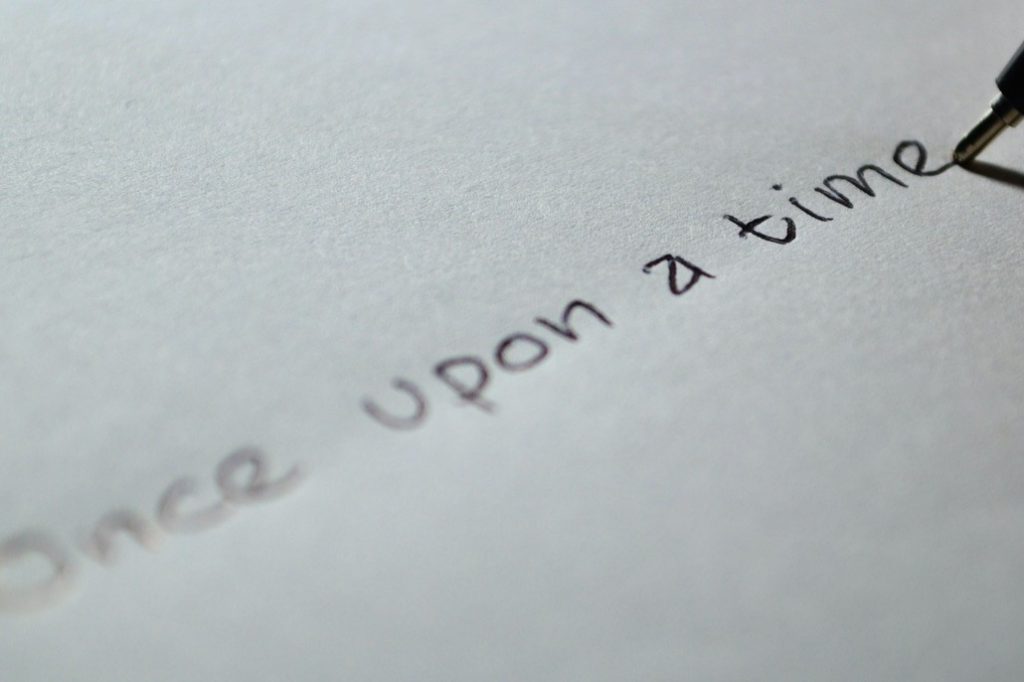Learning from history. Learning from failure.

About the author
Heather is a key member of our assessor team. PhD, BSc, PG, RSA, CAM

“Once upon a time” – four words that set the scene as the classic introduction to storytelling. Fairytales, fables and folklore are embedded in cultures – and normally there is a lesson, a purpose, underlying such narratives.
In public relations we are familiar with crafting of stories into engaging and persuasive narratives. These tell the histories of organisations, people and products. There may be truth in these tales – albeit often sprinkled with a twist of PR magic – or they are largely fictitious yet believable especially with the passage of time.
The conventional history of public relations itself is presented as a simple American tale progressing from Barnum to Bernays and beyond.
This is evident in Eric F Goldman’s 1948 concise book: Two-way Street. He identifies three overlapping approaches, evolving from press agents to publicists to public relations counsel. Goldman sums up this progression in three principles: the public be fooled, the public be informed and the public be understood.
Proud publicist, Constance Hope, had made a similar distinction in 1941 (in a more amusing way) – but you won’t find her story, or indeed, many pioneer women in early PR texts.
The progressive model is a selective narrative, which presents a problem when looking to learn from history. Storytelling tends to reduce complex reality into recognisable tales. In public relations this has meant predominantly a seminal history focused on biographies of particular ‘great men’.
To really appreciate the richness of the history of public relations, there is only one place to turn, the International History of Public Relations conference, IHPRC, conceived by Professor Tom Watson and organised by Bournemouth University each year since 2010.
The volume of papers, abstracts, presentations, blog posts and published books and journal articles and generated from – and inspired by – the IHPRC proceedings over the years is extensive, informative and impressive.
Many other versions of history – and indeed, her-stories and their-stories, have emerged in recent years from the research of hundreds of academics from dozens of countries.
The concept of a “proto-history” of PR has been established, along with greater theorisation and a modest development of historiographies. From Karen Russell’s inaugural keynote urging “embrace the embarrassing” to Tom Watson’s call to PR historians – “Let’s get dangerous”, there have been challenges to be more critical and shine a light on the role of public relations in the shadows and darkness of historical periods.
At the recent #IHPRC18 conference, the breadth of papers tackled topical themes through historical lenses, presented early 20th century case studies, and retold biographical stories. Political and financial public relations featured strongly, although internal communications and marketing PR were largely absent.
There were a few papers examining social media or other technological aspects of public relations (plus more consideration in questions and discussion). This is perhaps surprising and an area of our recent history worthy of greater research and reflection.
The major strand of papers this year researched public relations education – with attention paid to developments in teaching and learning in several countries. Problems in how history is presented were identified in the PR curriculum and also in textbooks – where minority pioneers and contemporary practitioners are largely absent.
My own contribution this year evaluated the study of a professional qualification as a career development strategy. This is an on-going piece of research focusing on the CIPR Diploma 1998-2017. I was thrilled to be scheduled to present between Donald K Wright and Roger Hayes, both of whom appeared in my initial archival research at the fantastic History of Advertising Trust (where the Chartered Institute of Public Relations archive is held).
It might seem strange to suggest that 2017 is history and worthy of research. But it is important to capture and examine the past as it is occurring – particularly in an era when our records are increasingly digitalised. Indeed, I’d welcome greater focus on modern opportunities and challenges in undertaking historical research (the focus of my papers in the last two years).
In addition, I really would like to see greater collaboration between academics and PR practitioners in examining organisational histories, case study scenarios and biographies of more diverse individuals and, indeed, teams of people.
It was useful to consider the on-going application and validity of theoretical constructs and frameworks that continue to be taught – such as systems theory and the ‘boundary-spanning’ concept. Again, there is considerable scope to reflect critically using historical research on established and emerging theories and practices.
I enjoyed in particular a number of papers from young researchers derived from their undergraduate or post-graduate research. These seemed willing to highlight failings and challenge practice in a robust way rather than simply narrate stories of success.
For me, this was the most important outcome from #IHPRC18 – not only can we do more to learn (and share) from the history of public relations – we can benefit measurably from determining the lessons of failure.
IHPRC 2019 is on 26 and 27 June in Bournemouth. There will be a call for papers later this year.